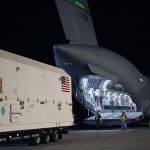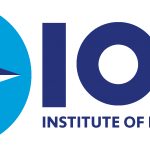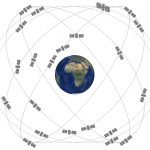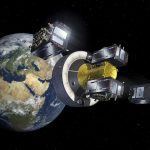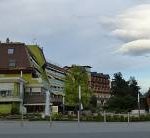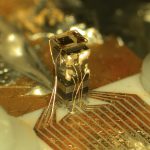July 22, 2018
The European Space Agency (ESA) has launched a new initiative to
support space-based enhancements to Europe’s railway network.
Space4Rail will highlight
ESA funding programs that could support the use of GNSS in rail applications
while raising awareness of the added value that space systems can deliver.
GNSS is already being employed within the rail network to monitor
trains and check the integrity of rail infrastructure, and ESA, as a research
and development agency, has various programs dedicated to supporting such
activities.
Space4Rail has been set up as a one-stop shop for the rail industry
to learn about the agency and facilitate the submission of proposals for
partnerships. ESA offers financial and technical support to projects –
including access to its specialists and agency laboratories – while acting as a
broker between the space industry, the railway industry, and service providers.
ESA is already contributing to the Next Generation Train Control
(NGTC) project through a satellite expert group, providing technical expertise
on integrating satnav into future railway signaling systems.
Coordinated by the European rail manufacturing industry association
UNIFE and supported through the European Commission’s Seventh Framework Program,
NGTC is a consortium made up of the main rail system signaling suppliers,
together with mainline operators and infrastructure managers as well as urban
rail operators.
One example of such ESA-aided efforts is the 3InSat (Train
Integrated Safety Satellite System) project on a regional railway in Sardinia
(Italy), co-funded within the framework of the ESA´s ARTES 20 program. Led by
Ansaldo STS, the 3InSat team is developing and validating satellite-based
services compatible with the European Railway Traffic Management System
(ERTMS).
In September, a series of tests iwill validate the GNSS-based
location services that will eventually be integrated into the telecommunication
network.
The European-wide standard for train control and command systems,
ERTMS, has been promoted by the European Union to ensure cross-border
interoperability and simplify procurement of signaling equipment. Since 2004,
ERTMS has been deployed not only on an increasing number of European rail lines
but also on railways in other parts of the world as well, such as in China and
New Zealand.
Introducing satellite navigation and communications into ERTMS has
been a significant challenge due to the stringent safety requirements with
which railway signaling systems must comply. Once the approach is validated, however,
space-based systems could play an important role in making rail transport safer
and expanding the market opportunities for ERTMS.
The two main components of standard ERTMS implementations are the
European Train Control System (ETCS), a standard for in-cab train control, and
GSM-R, which is a GSM-based mobile communications standard for railway
operators. Up to now, trains using ERTMS determine their location by means
of balises, electronic beacons
or transponders, which are placed along a railway every 500–1,500 meters. This
information is transmitted via a dedicated GSM-R terrestrial network to rail
traffic control centers, which use the same network to transmit route data,
recommended speeds and other information to train operators, taking into
account the proximity of other trains.
By Inside GNSS



